Almond Winter Care – What To Do With Almonds In Winter
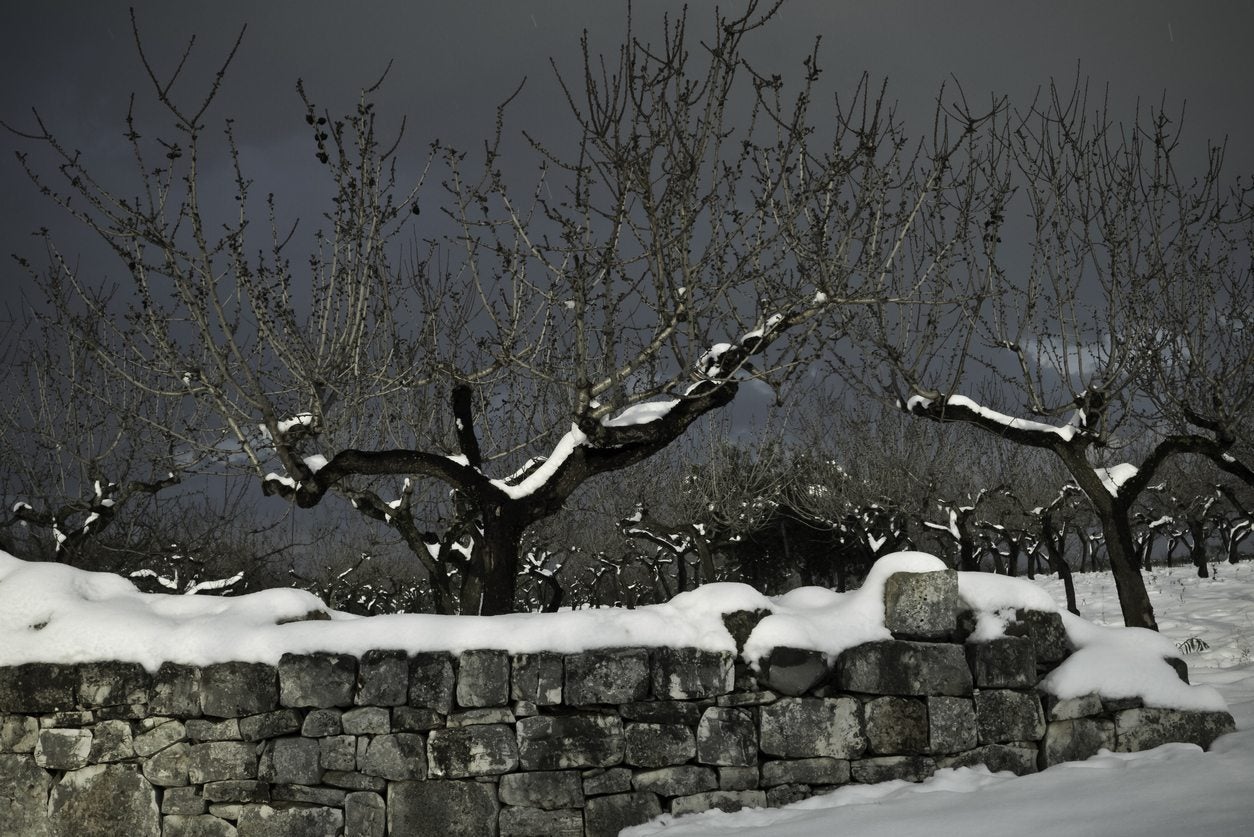

With the rising popularity of homesteading, home landscapes now incorporate trees and shrubs that can pull double duty. Functionality has become just as important as beauty in our garden spaces. With blooms as early as January in mild climates, almond trees are making their way into the landscape more often as reliable double duty plants, providing homeowners with early spring blooms, healthy nuts, and an attractive landscape plant. Read on for tips on what to do with almonds in the winter.
Almond Winter Care
Closely related to peaches and other stone fruit trees in the Prunus species, almond trees are hardy in U.S. hardiness zones 5 to 9. In the cooler regions of their range, however, the early spring blooms of almond trees may be susceptible to bud damage or loss from late winter frost. In these locations, it’s recommended that you use later blooming varieties of almond to avoid frost damage. In warmer regions where almonds are grown, they may only have a short, semi-dormant period in which almond winter care chores should be done. Pruning and shaping is generally done to almond trees in winter between December and January. Many almond growers prefer to grow almond trees in a very specific, open, vase-like shape. This shaping/pruning is done during almond’s winter dormancy, starting the first growing season. Three to four main branches, which spread up and outward, are selected to grow as the first scaffold branches, and all other branches are pruned out. The following year, certain branches growing out from the first scaffold branches will be selected to grow into secondary scaffolding branches. This form of selection pruning is maintained year after year, always keeping the center of the tree open to air flow and sunlight.
What to Do With Almonds in Winter
Yearly maintenance should be done in late autumn or winter to trim out dead or damaged wood, and clear away garden debris and weeds. Leaves, nuts, and weeds left around the base of almond trees can harbor pests and disease, and also provide winter nests for small mammals which may chew on tree trunks or roots. Disease pathogens will oftentimes overwinter in dropped almond foliage and twigs which are left on the ground through winter, while borers and worms find perfect winter hideouts in fallen fruit and nuts. If left there over winter, the rapidly increasing temperatures of spring may lead to a sudden infestation of pests or disease. Almond trees are susceptible to a number of pests and diseases. Many of these problems can be avoided by implementing the spraying of horticultural dormant sprays into your almond winter care regiment. Preventative fungicides can be sprayed from autumn to early spring, depending on your region. Early spring applications are best for cooler climates with killing frosts.
Gardening tips, videos, info and more delivered right to your inbox!
Sign up for the Gardening Know How newsletter today and receive a free copy of our e-book "How to Grow Delicious Tomatoes".
-
 Looking For Plants To Give You The Soft And Fuzzies? Try These 5 Fuzzy Leaf Plant Options
Looking For Plants To Give You The Soft And Fuzzies? Try These 5 Fuzzy Leaf Plant OptionsLovers of texture, drama, silver foliage and tactile plants will adore these special sensory garden additions. These fuzzy leaf plant options will leave you all aglow
By Susan Albert
-
 Get Ready For A Summer Of Hummers! Grow These Full Sun Hummingbird Plants and Flowers
Get Ready For A Summer Of Hummers! Grow These Full Sun Hummingbird Plants and FlowersIf you’re lucky enough to enjoy a sunny backyard, make sure you are maxing out on your pollinator opportunities and grow these full sun hummingbird plants and flowers
By Tonya Barnett
-
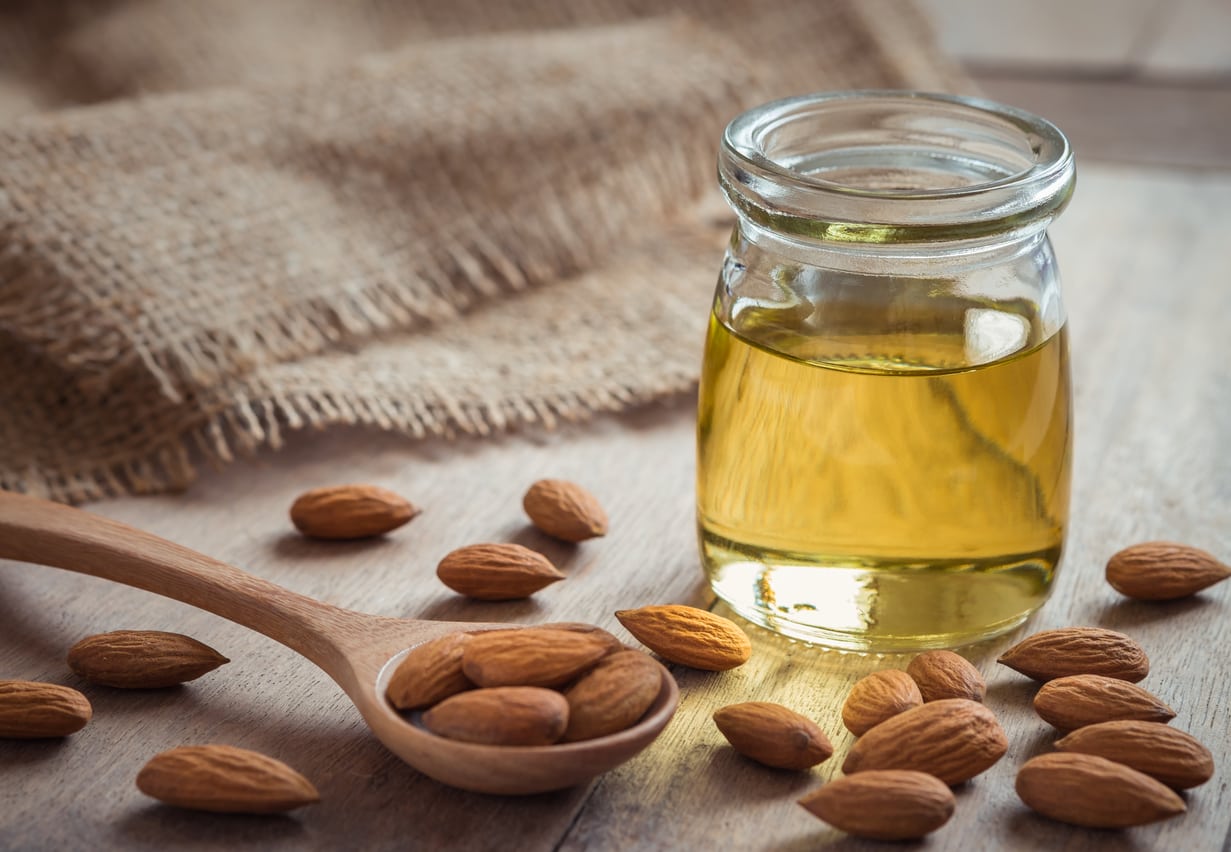 Almond Oil Information: Tips For Using Almond Oil
Almond Oil Information: Tips For Using Almond OilAlmond oil is nothing new. But exactly what is almond oil and how do you use it? The following article contains almond oil information. Learn about the uses of almond oil and more. Click here to learn more.
By Amy Grant
-
What Is Hull Rot: Learn How To Avoid Rotting Nut Hulls
Almond hull rot is a fungal disease that affects the hulls of nuts on almond trees. It can cause big losses in almond farming, and the occasional backyard tree. Understanding basic identifying factors can help you manage this disease. Learn more in this article.
By Mary Ellen Ellis
-
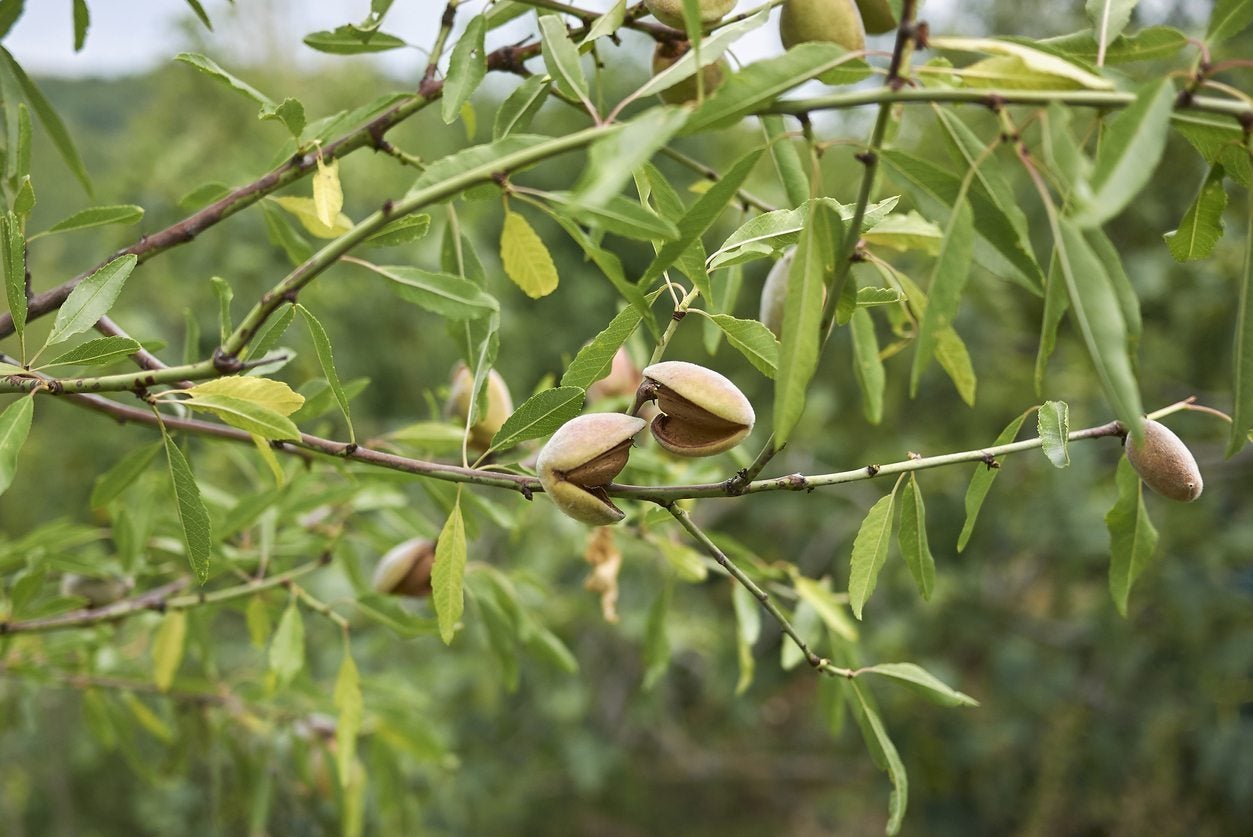 Can You Grow Almonds From Cuttings – How To Take Almond Cuttings
Can You Grow Almonds From Cuttings – How To Take Almond CuttingsAlmonds are usually propagated by budding or grafting. How about rooting almond cuttings? Can you grow almonds from cuttings? Find out how to take almond cuttings and other information about propagating almonds from cuttings in this article.
By Amy Grant
-
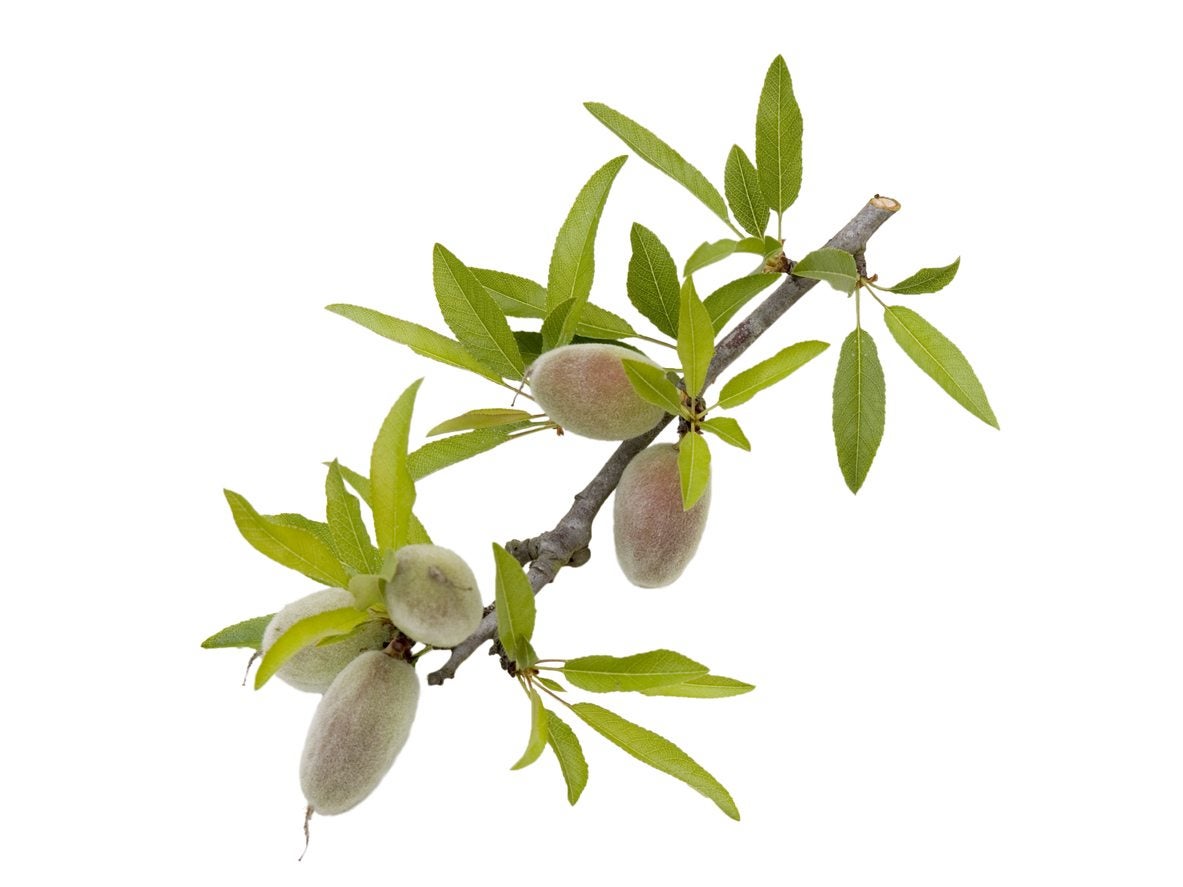 Almond Propagation Methods: Tips On Propagating Almond Trees
Almond Propagation Methods: Tips On Propagating Almond TreesAlmond trees have become a popular nut tree for home gardens around the world. They can be purchased from garden centers and nurseries, or propagated at home from an existing almond tree. Click here to learn how to propagate an almond tree.
By Darcy Larum
-
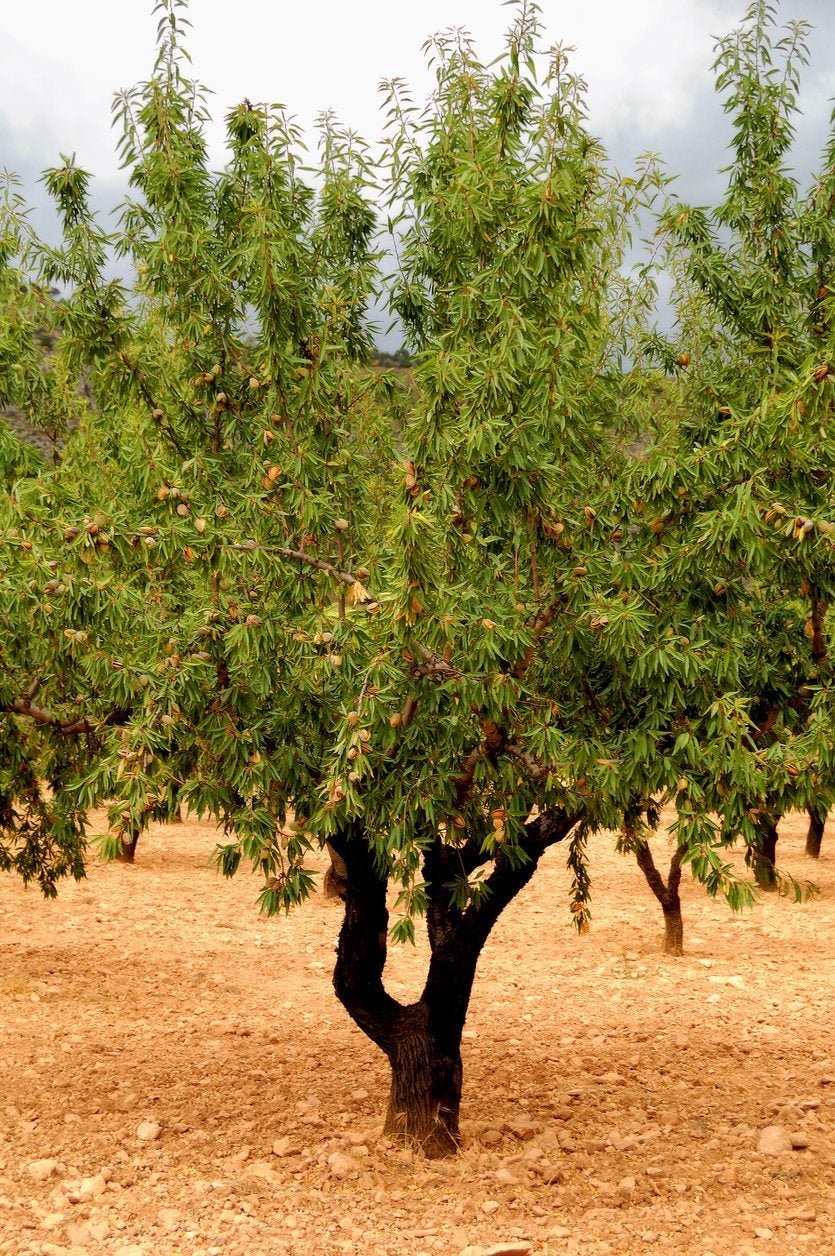 Moving An Almond Tree – How To Transplant Almond Trees
Moving An Almond Tree – How To Transplant Almond TreesDo you have an almond tree that for one reason or other needs to be moved to another location? Then you're probably wondering if you can transplant an almond? If so, click on this article for some helpful almond transplant tips.
By Amy Grant
-
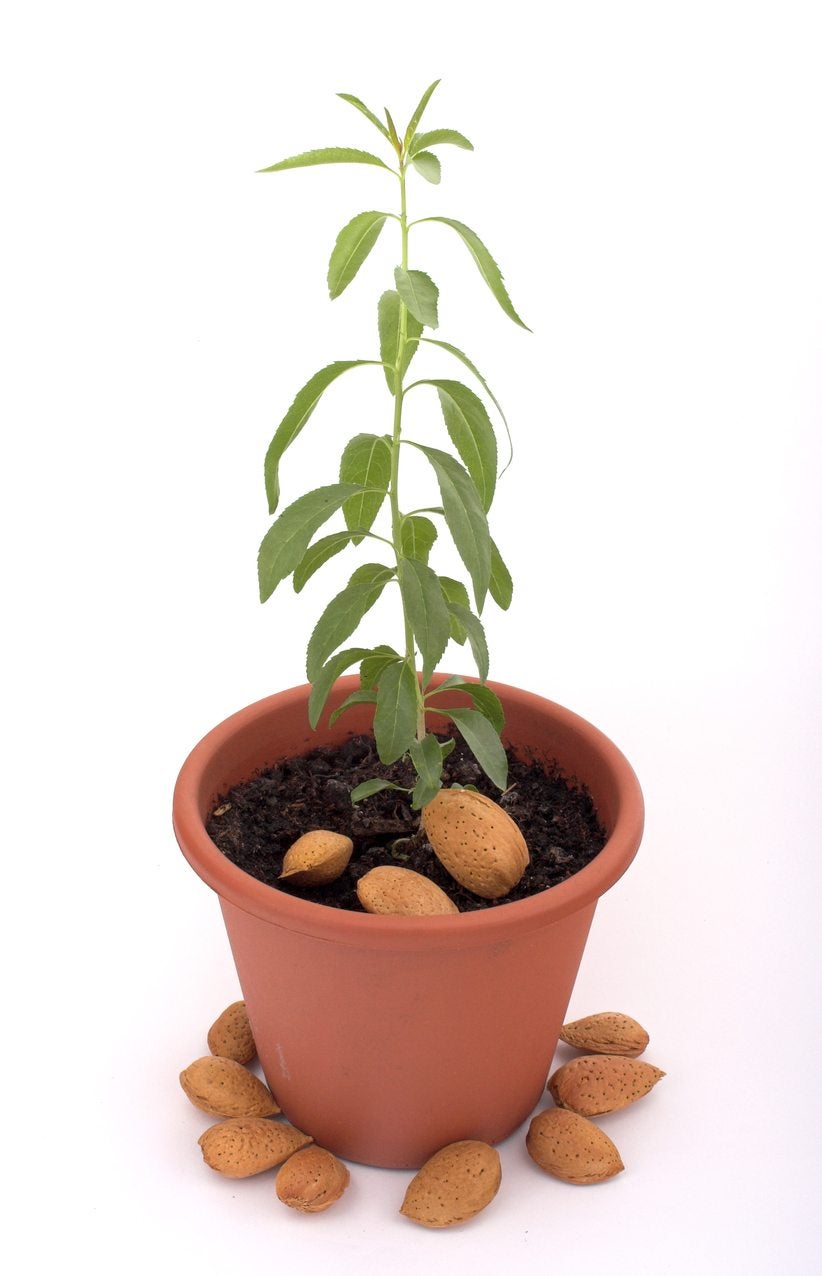 Planting Almond Nuts – How To Grow An Almond From Seed
Planting Almond Nuts – How To Grow An Almond From SeedAlthough almond germination does take a little know how, propagating your own seed grown almond trees is definitely a fun project for the novice or avid home gardener. Click on the following article to find out how to grow an almond from seed.
By Amy Grant
-
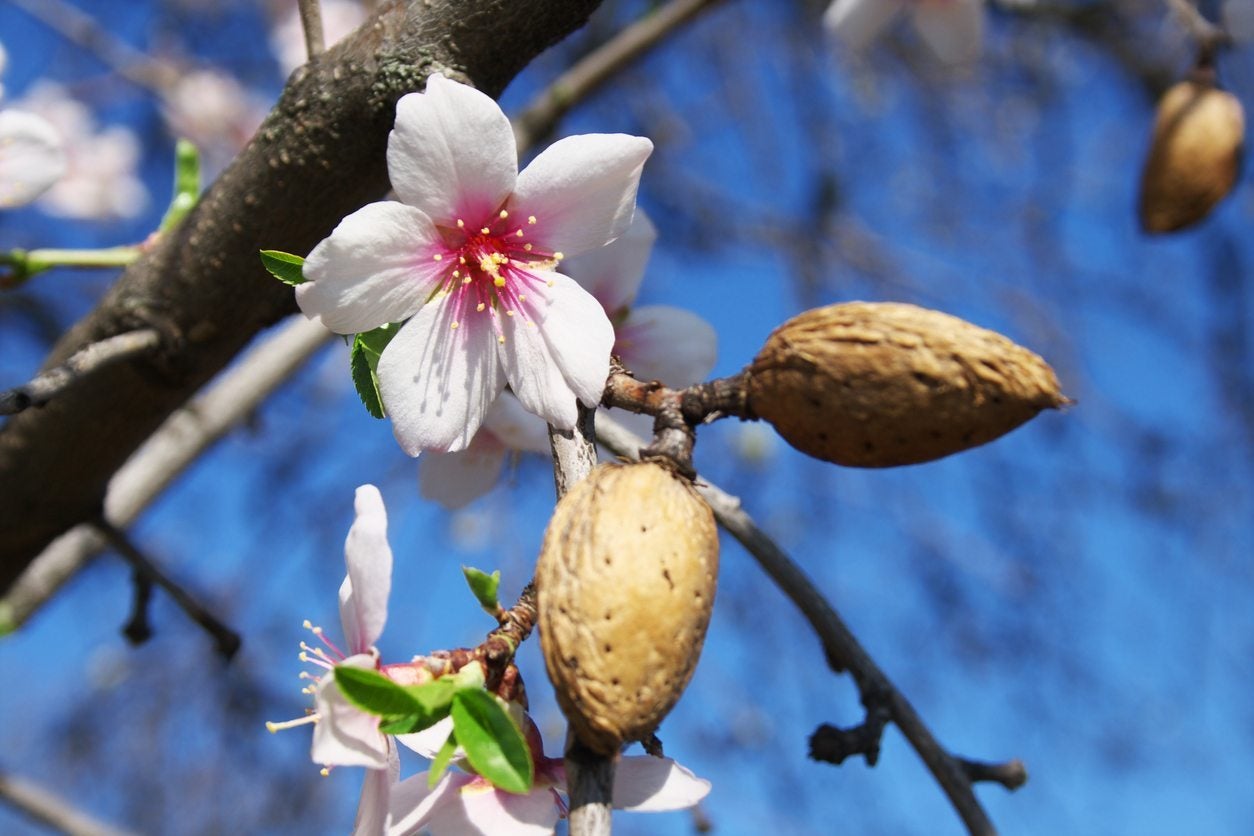 Almond Pest Control – Recognizing Almond Tree Pest Symptoms
Almond Pest Control – Recognizing Almond Tree Pest SymptomsUnfortunately, humans aren?t the only ones that enjoy almonds; there are lots of bugs that eat almonds, or the tree?s foliage. When treating pests on almond trees, it?s important to recognize almond tree pest symptoms. The following article can help with that.
By Amy Grant
-
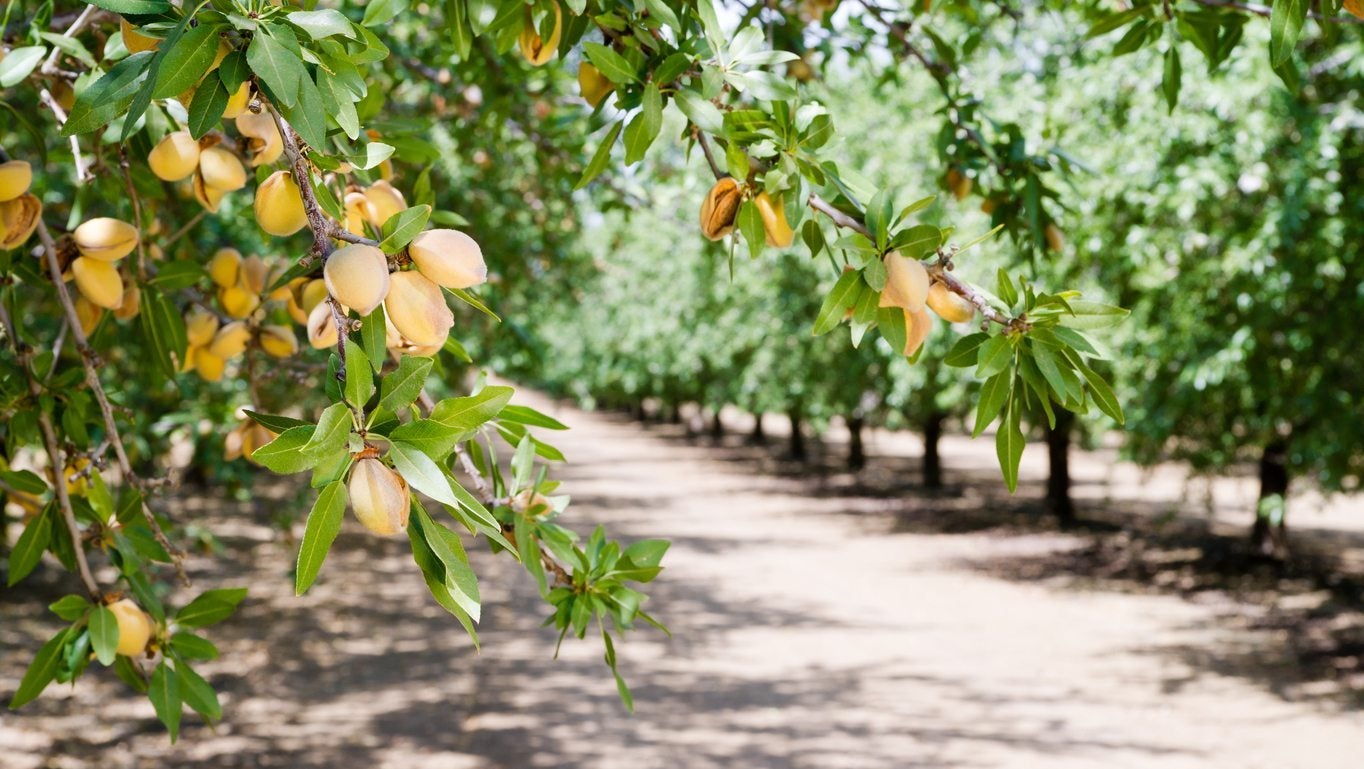 Almond Tree Cultivars: What Are The Best Varieties Of Almond
Almond Tree Cultivars: What Are The Best Varieties Of AlmondIf you are planting almond trees, you will have to select among many different almond trees and almond tree cultivars. Your choice will have to take into account a variety of factors. Click this article for information about types of almond trees.
By Teo Spengler